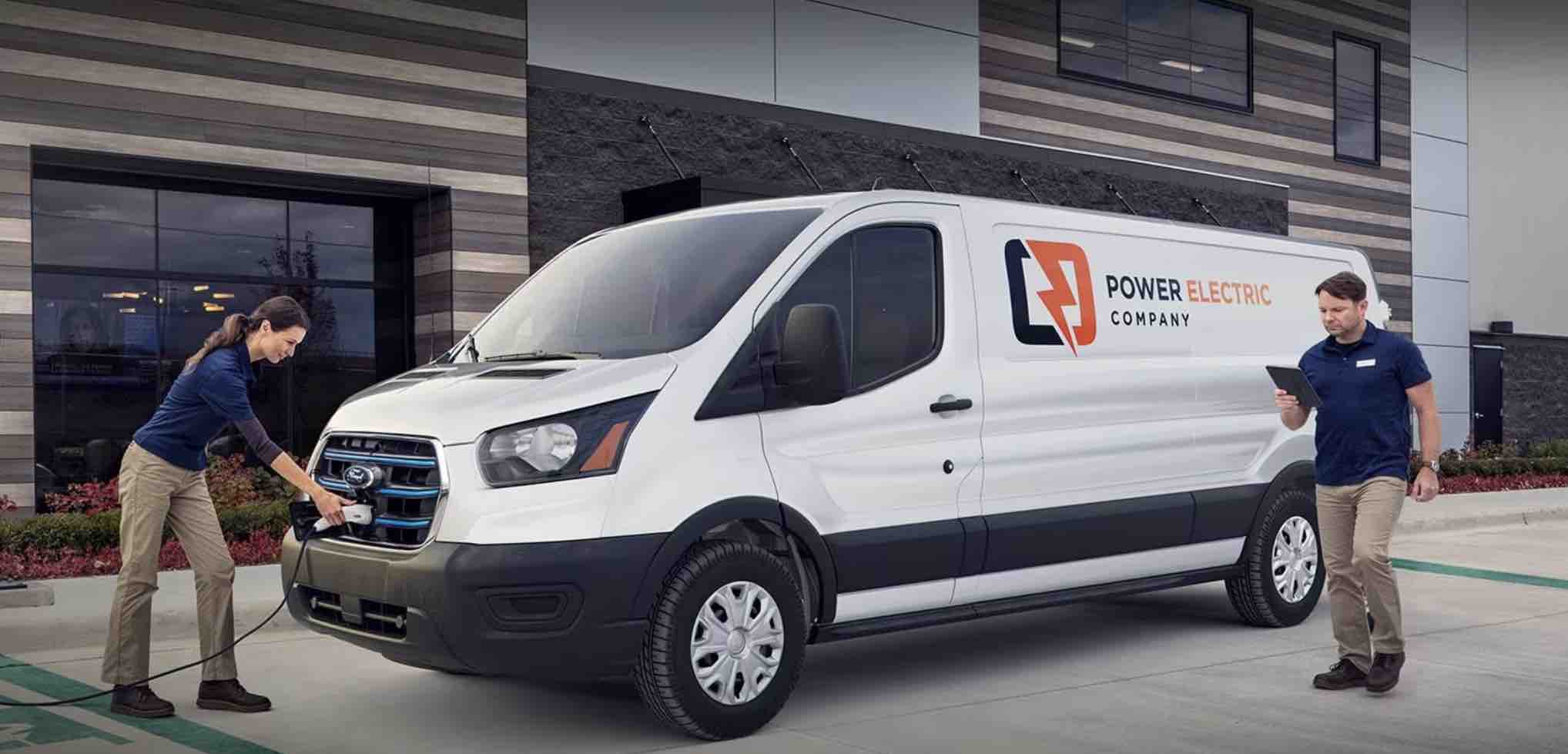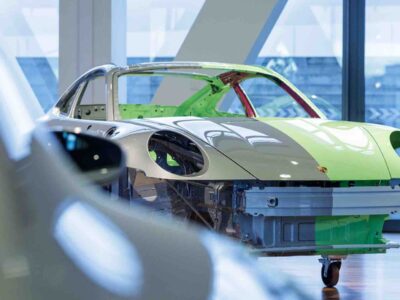Moving freight or people requires trucks and buses that need a lot of energy to operate. The environment is getting a boost thanks to electric hauling and municipal vehicles. They will reduce the amount of emissions found in urban areas as well as scale down their size.
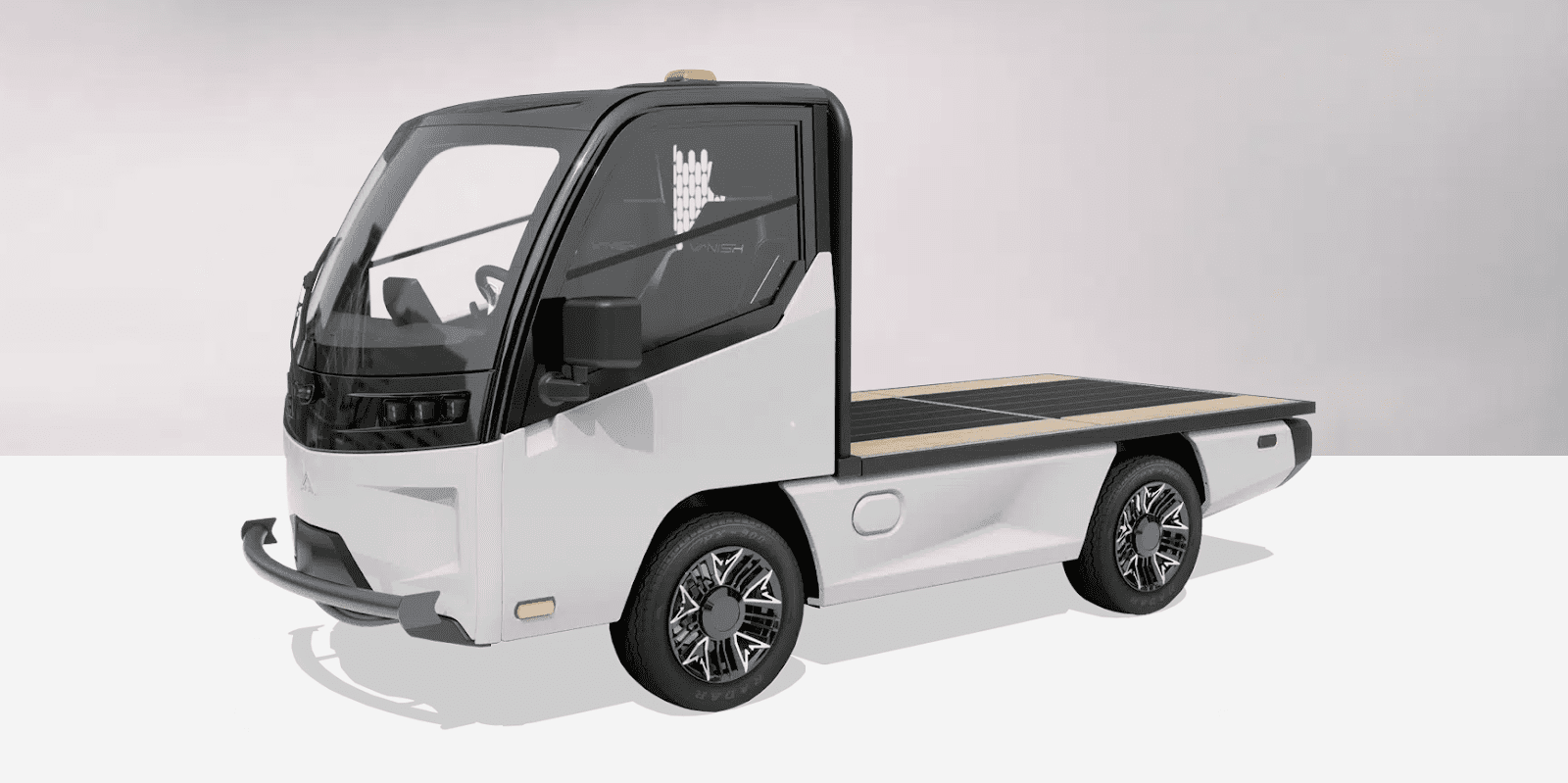
Photo Courtesy AYRO
AYRO Vanish: The Vanish is minimalist in design yet reliable and tough to take on the dirtiest jobs. It weighs around 3,000 pounds and carries up to 1,200 pounds in the flatbed. The small stature is perfect for navigating tight alleys and roads in cities.
Being a low-speed electric vehicle (LSEV), don’t expect to get anywhere super fast. The Vanish only reaches 25 mph, and it takes about 6 seconds just to hit max speed. The range is not extensive, capping at around 50 miles. The bed can be changed from a flatbed to a pickup or van box with just a few tweaks.
The Vanish can only fit two people in the cab. The cabin has a heater and defroster, a Color Digital Instrument display, Bluetooth stereo with Apple CarPlay or Android Auto, air conditioning, and additional storage accessories.
In 2022, the company announced a dealer program allowing them to sell the Vanish and future AYRO products as fleet trucks for businesses, medical and college campuses, hotels, golf courses, marinas, stadiums, and municipal vehicles.
AYRO is currently taking pre-orders for the Vanish for $250 down. You can configure it to be street-legal or not street-legal, including doors — or not — and choose the bed. The MSRP is $33,900 before the IRA’s tax breaks.

Photo Courtesy Canoo
Canoo LV: Canoo was started by Ulrich Kranz and Stefan Krause, two former employees of Faraday Future. The company’s first vehicle, the Canoo Lifestyle Vehicle, started production in late 2022. The pill-shaped vehicle is different than other SUVs.
The passenger seating is ring-shaped compared to the normal three-across, with 22 windows offering a 360-degree view. The steering wheel is rectangular, departing from the normal circle-shaped wheel. The infotainment system is top-notch, using a Canoo app rather than a touchscreen. The app controls the music, phone capabilities, and climate control.
The engine performance is decent enough, with 300 hp and a 0-to-60 time of 6.3 seconds. The range sits at 250 miles, respectable enough to get around with ease. The LV charges to 80% in 28 minutes with a fast-charging station. Canoo plans to offer drive-by-wire steering systems, the first brand to use this technology. Twelve airbags are equipped for prime safety measures.
You can order a $34,500 “Delivery” LV without the backseat or opt for the seven-seat Premium option for $50,000.A subscription option also allows buyers to drive the LV month-to-month rather than leasing or buying outright.
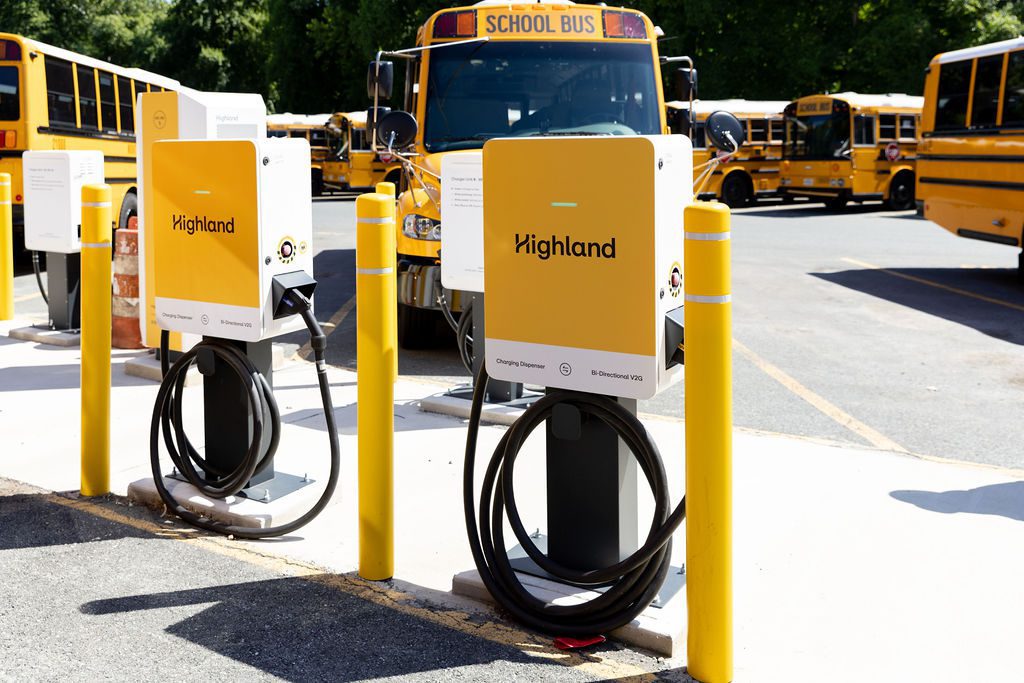
Photo Courtesy Highland Fleets
Thomas Built Buses: To combat emissions from school bus operations, Thomas Built Buses is developing a fleet of electric buses that will be deployed across the U.S.’s public schools. The Inflation Reduction Act has guaranteed electrification funding for bus fleets, being overseen by the Environmental Protection Agency. Around $2.5 billion was allocated to build zero-emission buses.
Thomas Built electric buses have bidirectional capabilities, which can help power the grid. The Highland Electric Fleet line activated these buses with their electrification services.
Highland’s V2G technology can power 600 homes and deliver 80 hours of power in some regions.
This function was on display in Beverly, MA, where the first Highland buses were driven. Since school buses are only used sparingly throughout the day, they can function as a power supply when idle. More buses like this are expected to become available as V2G technology expands.
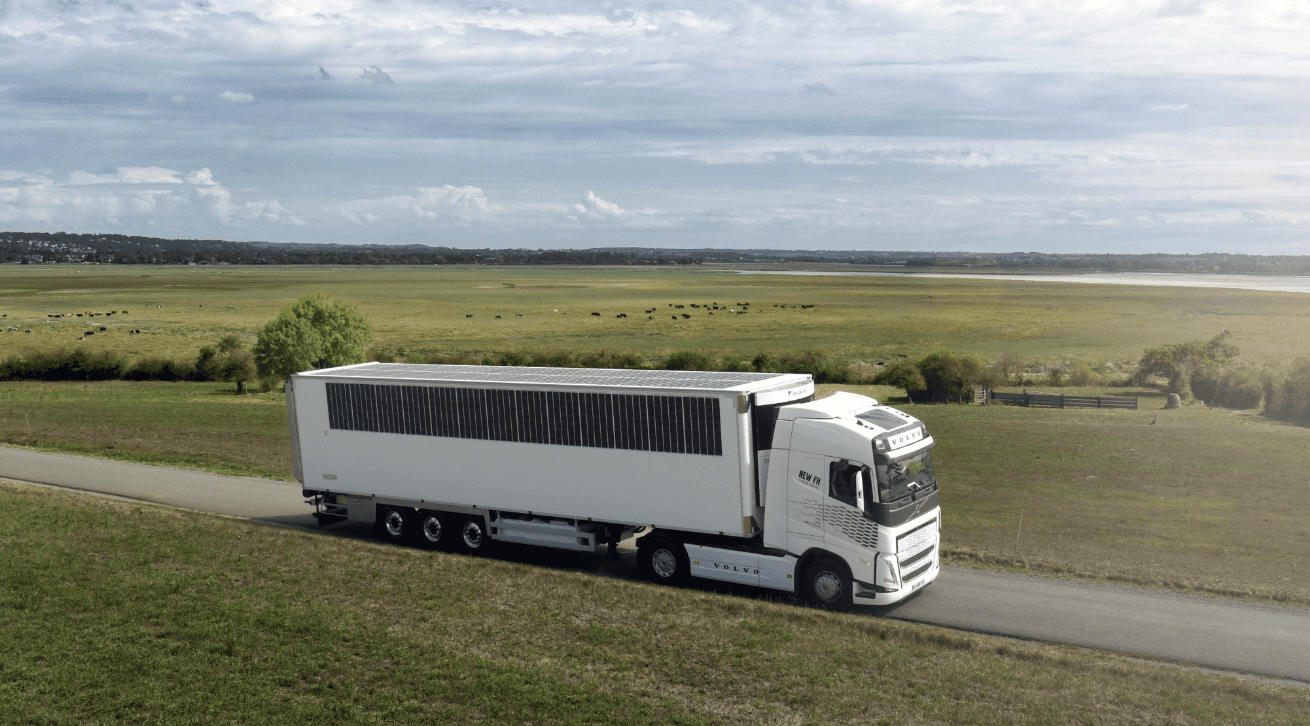
Photo Courtesy Sono Motors
Sono Solar-Paneled Trucks: German EV startup Sono Motors developed a car with solar tech installed on the roof to reduce stationary charging. It’s a more sustainable way to keep vehicles on the road, putting less strain on a country’s electrical grid. Now, the technology heads to freight trucks.
Unveiled at the IAA Transportation show in Germany, Sono showcased several semis, trailers, and buses fitted with solar panels. While diesel fuel is still required in some capacity, solar energy powers things like climate control and infotainment interfaces. The company says these buses can save 396 gallons of diesel per bus/truck.
It tested the trailers on refrigeration trucks, and the panels covered 50% of the refrigeration power. Sono retrofitted a Mercedes Ciantro and MAN Lion City Bus with the panels to test them on civilian transports. It found this could save 1,500 liters of diesel each year and reduce carbon dioxide emissions by 4 tons.
Some other companies, like Worksport in Canada, want to add solar panels to its tonneau attachment for pickup trucks, showing that many companies see Sono’s developments as the way of the future.

